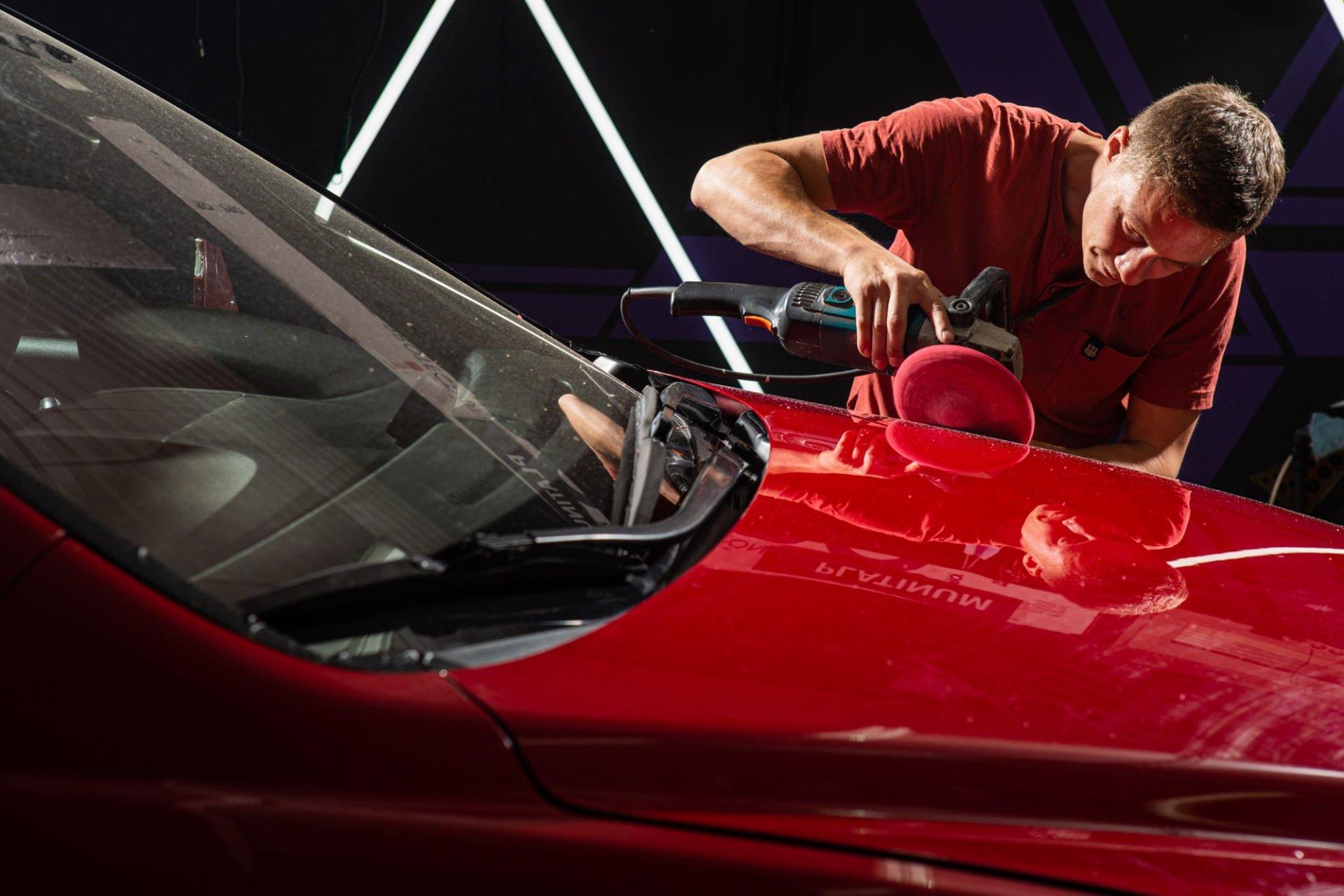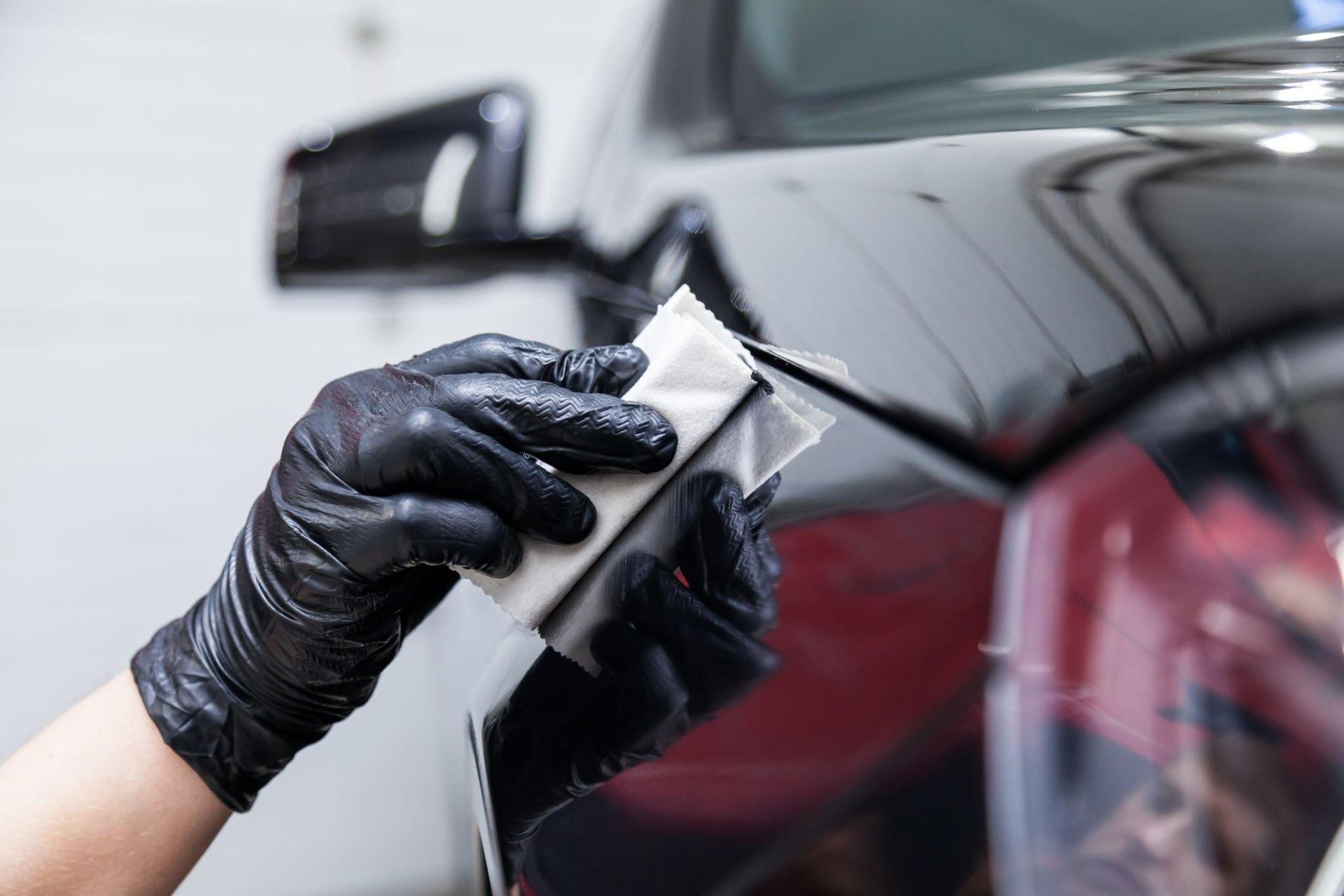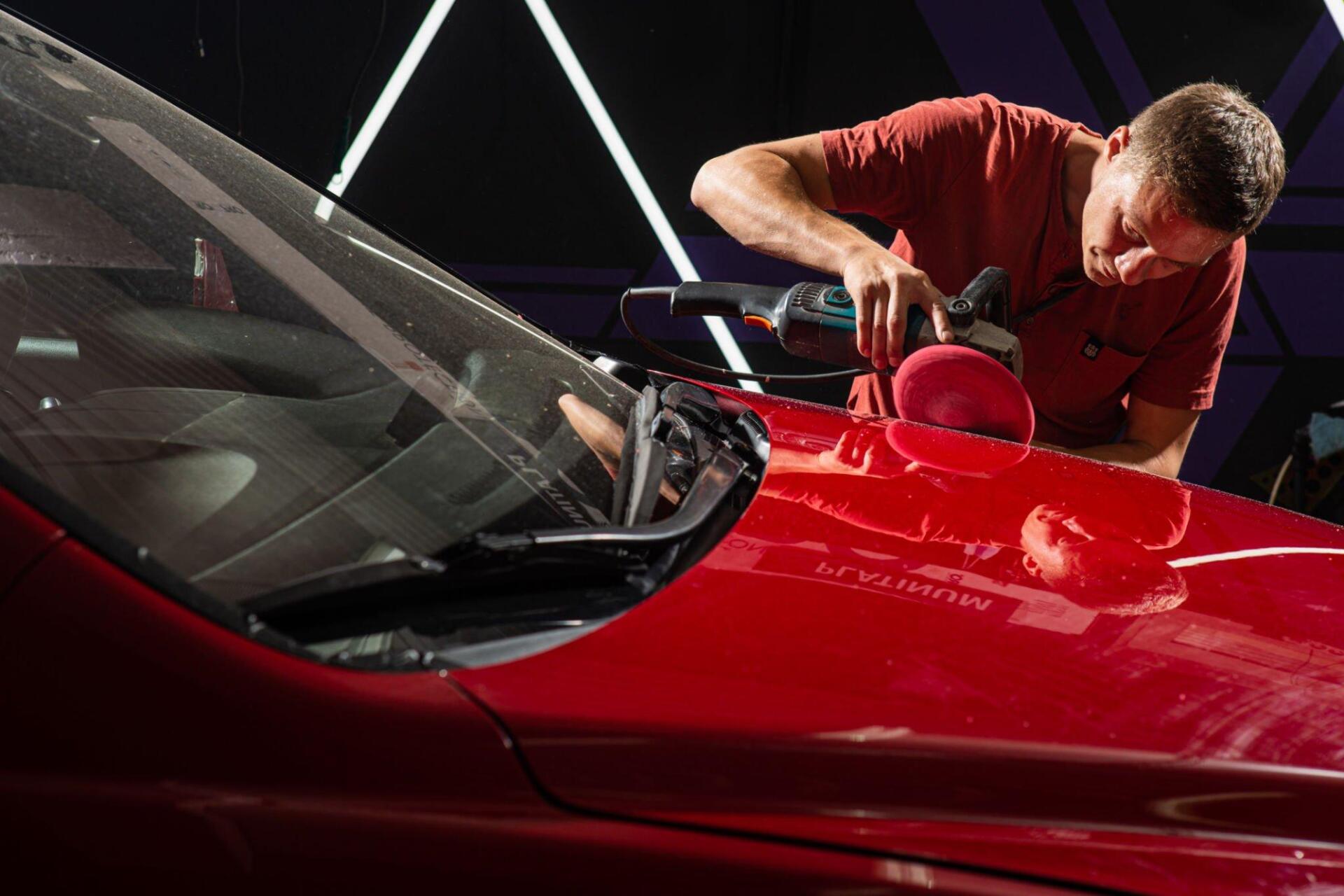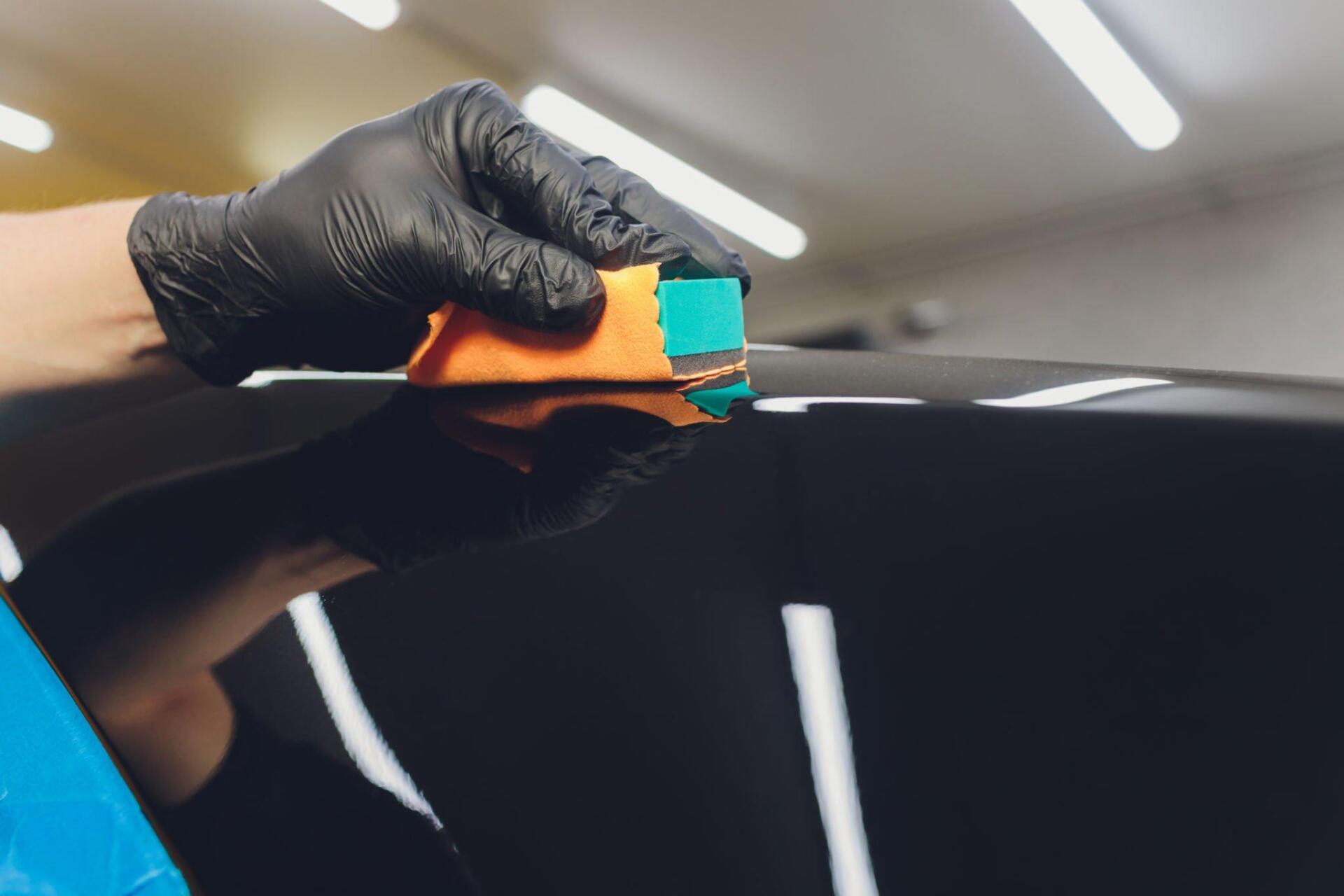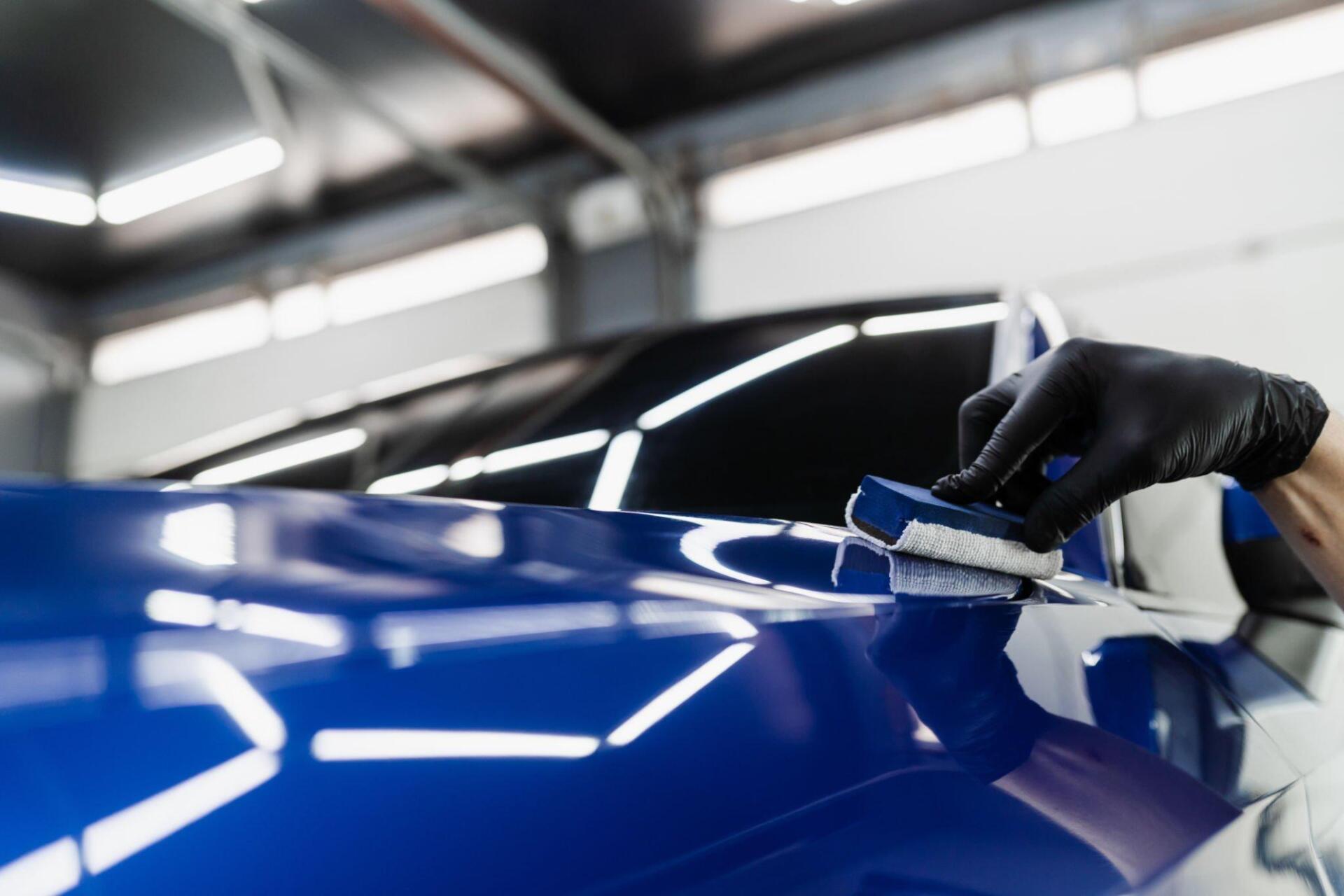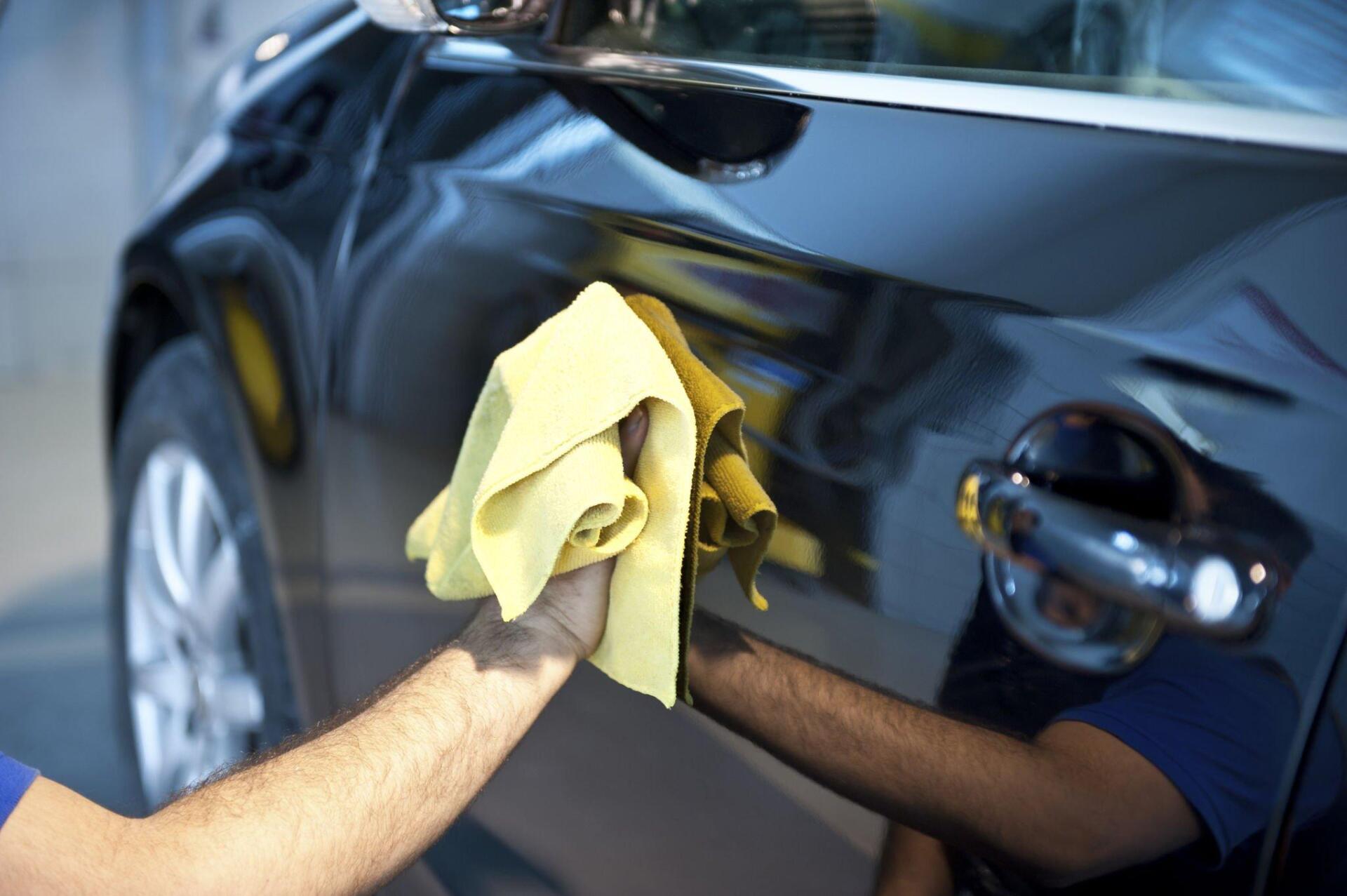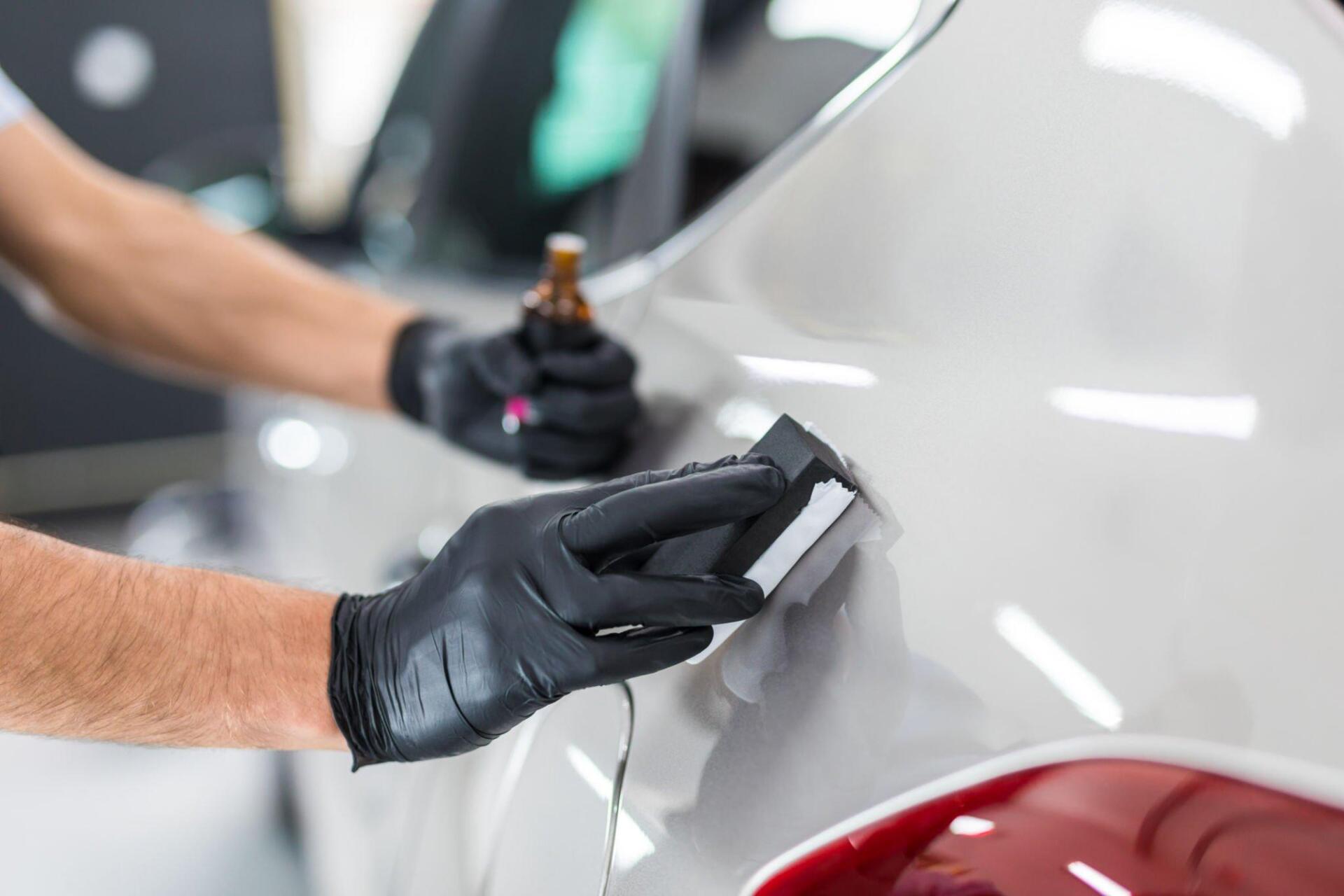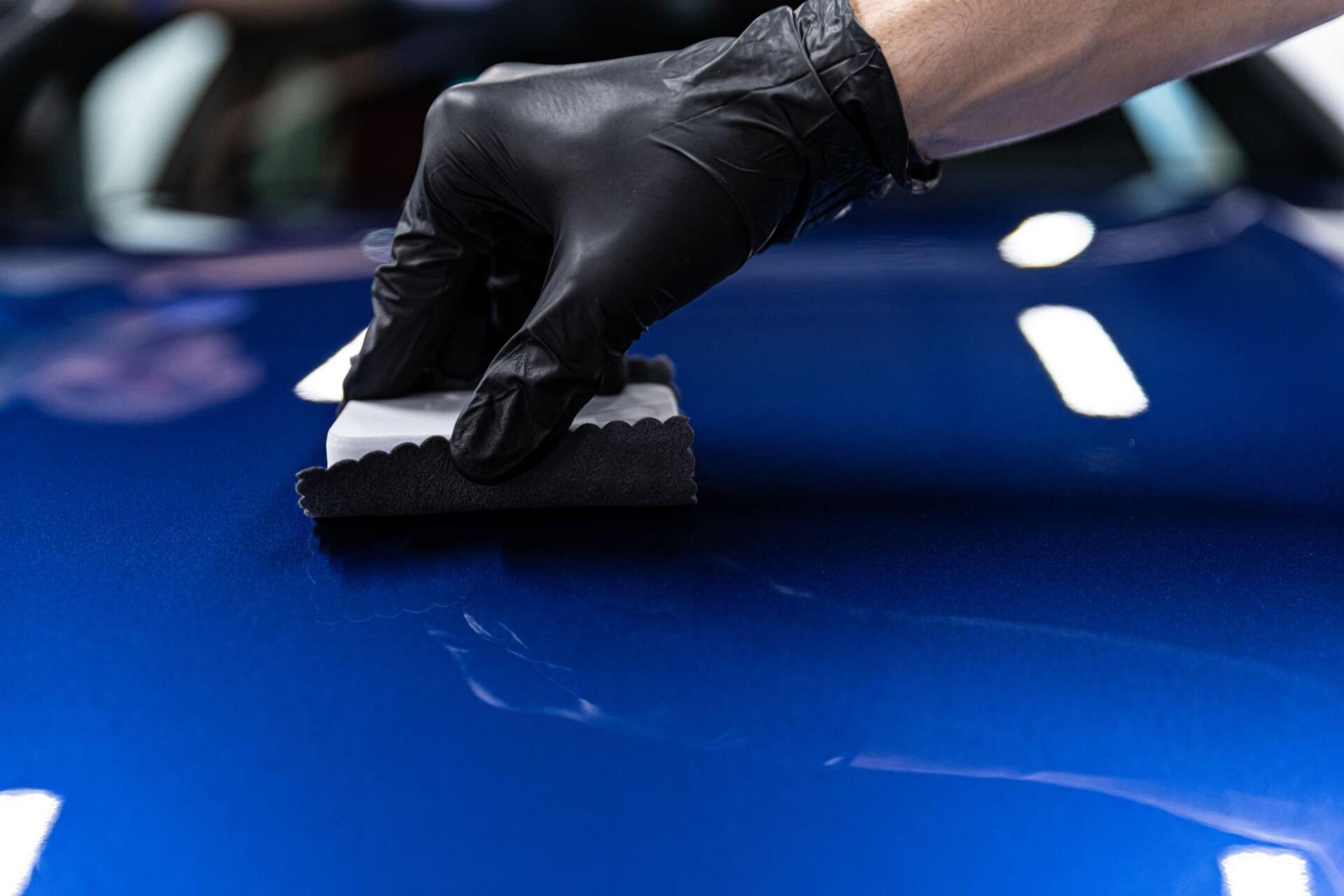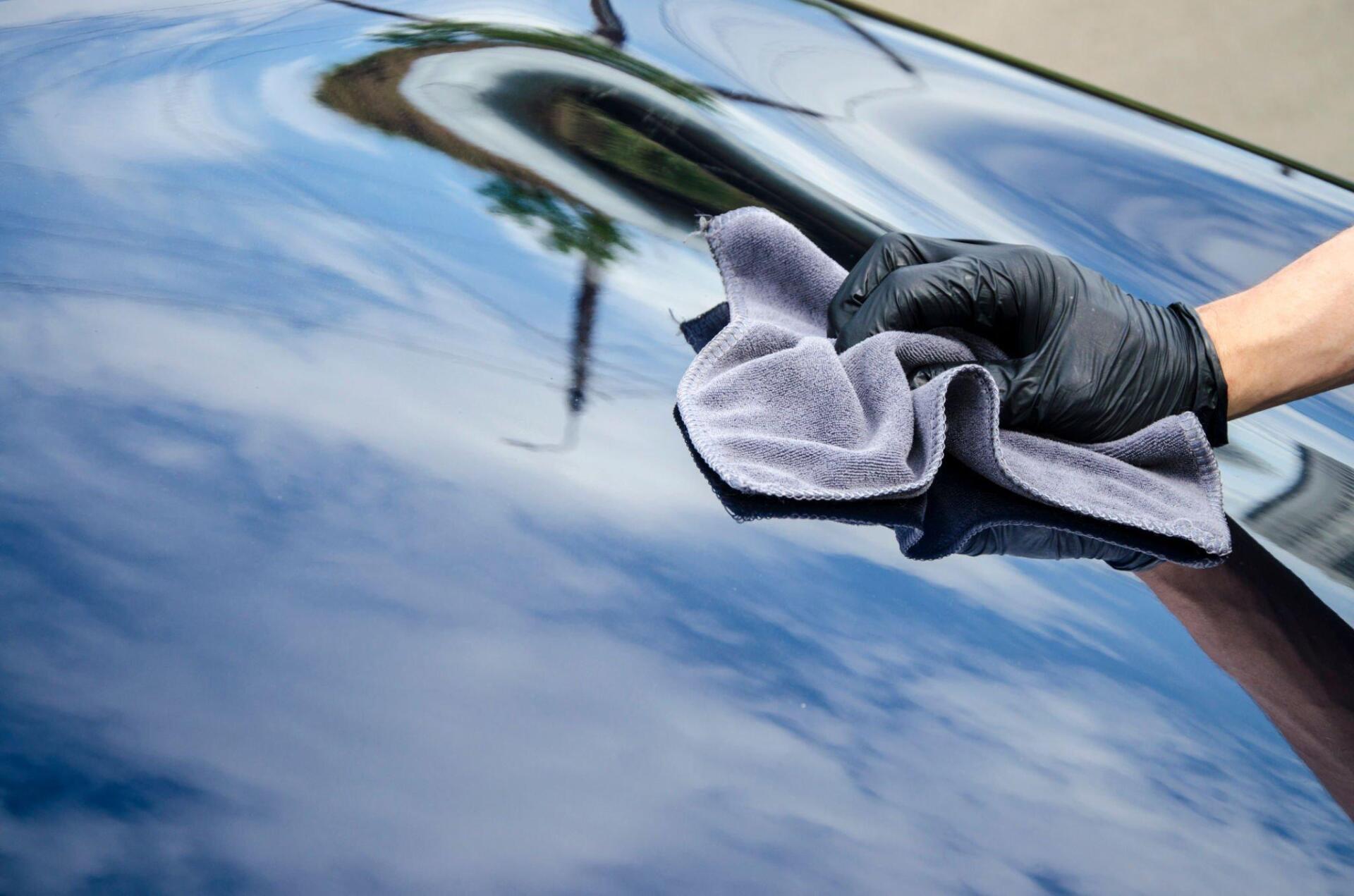How Many Layers of Ceramic Coating Can You Apply?
How Many Layers of Ceramic Coating Can You Apply?
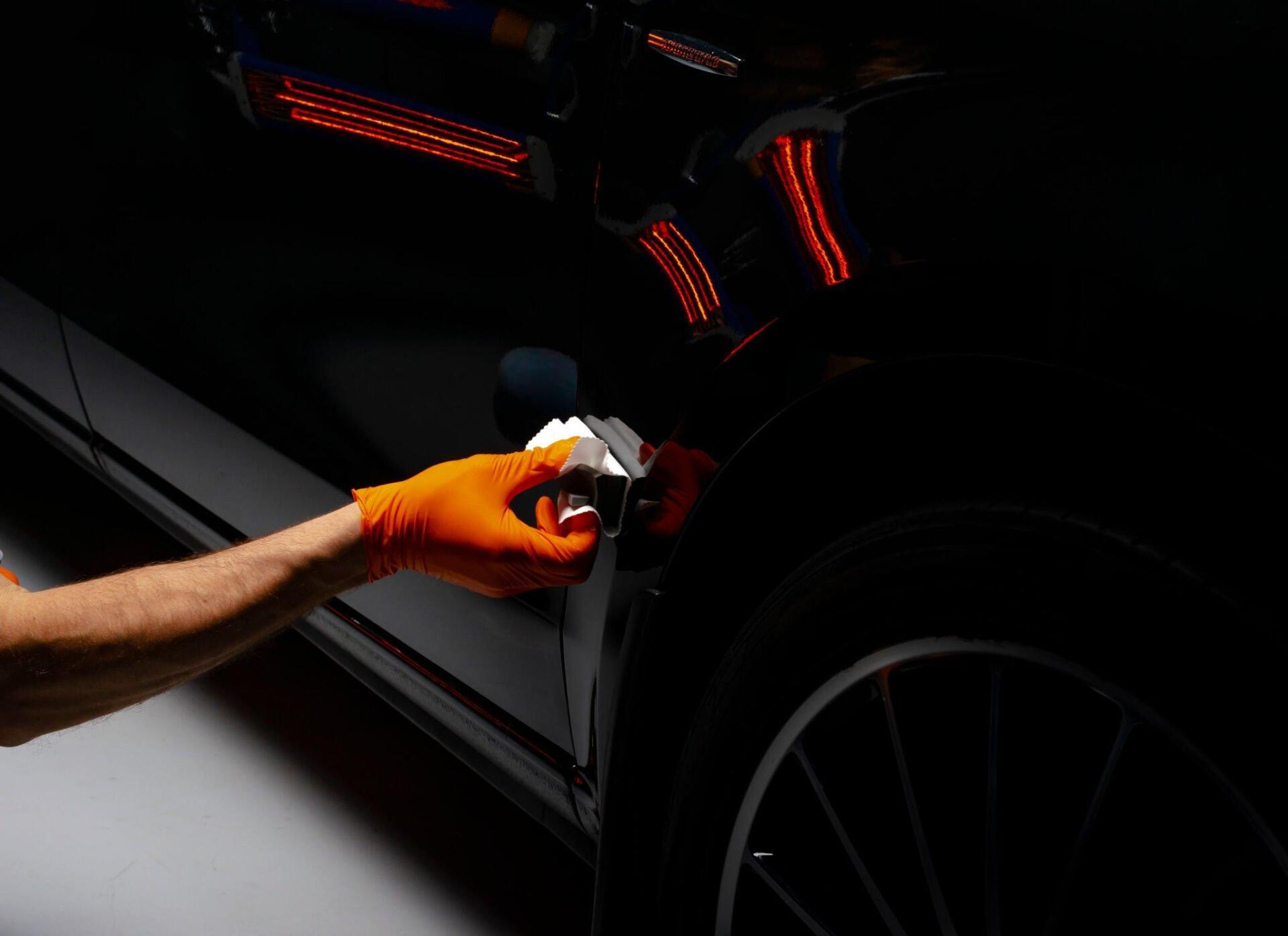
These coatings are made of inorganic materials, such as silicon carbide or titanium dioxide, and are known for their durability and resistance to environmental contaminants.
One of the common questions people have when considering a ceramic coating is how many layers can be applied.
In this article, we will explore this question in depth, discussing the benefits of applying multiple layers of ceramic coating and the factors to consider and proper application techniques. We will also examine the maintenance and durability of multiple layers of ceramic coating.
How Many Layers of Ceramic Coating Can You Apply?
The number of layers of ceramic coating that can be applied depends on several factors, including the specific product used and the surface it is being applied to.
It is important to follow the manufacturer's instructions and guidelines for the specific product you are using, as some ceramic coatings may only recommend a single layer. In contrast, others may allow for multiple layers to be applied.
Benefits of applying multiple layers of ceramic coating
Here are some benefits of applying multiple layers of ceramic coating:
- Enhanced protection: Multiple layers of ceramic coating can provide an extra layer of protection for your surface, helping to reduce the risk of damage from environmental contaminants, UV rays, and other hazards.
- Increased durability: Multiple layers of ceramic coating can help extend your surface's lifespan, as the additional layers can help strengthen the overall protective barrier.
- Improved appearance: Multiple layers of ceramic coating can enhance the appearance of your surface, giving it a deep, glossy finish that is resistant to scratches and fading.
- Customization options: Some ceramic coatings allow you to mix and match different colors or finishes to create a customized look. Applying multiple layers of different ceramic coatings can allow you to achieve a unique appearance for your surface.
- Easy maintenance: Multiple layers of ceramic coating can make it easier to keep your surface clean, as the smooth, non-porous surface is resistant to dirt and grime build-up.
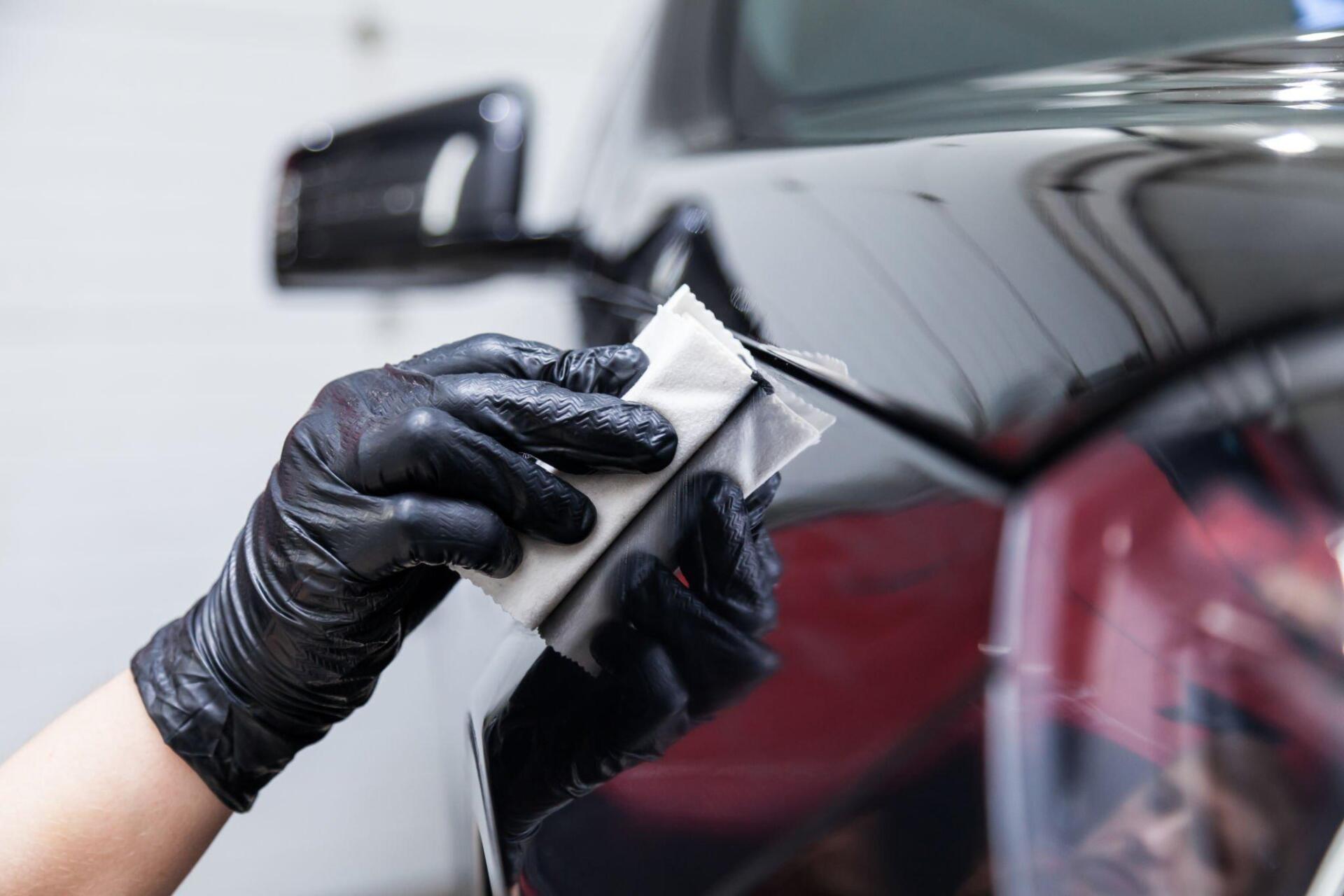
Factors to consider when applying multiple layers of ceramic coating
When considering applying multiple layers of ceramic coating, there are several factors to consider:
- Product Compatibility: It is important to ensure that the ceramic coating products you use are compatible. Some products may not work together or bond properly, which can lead to peeling or cracking.
- Surface preparation: Proper surface preparation is crucial for ensuring a successful ceramic coating application. It is important to thoroughly clean and prepares the surface before applying multiple layers of ceramic coating to ensure a strong bond.
- Cure time: Each layer of ceramic coating needs time to cure before the next layer can be applied. Following the manufacturer's instructions, it is important to allow each layer to cure fully before applying additional layers.
- Thickness: It is important to apply thin, even layers of ceramic coating to avoid overloading the surface and causing cracking or peeling. It is generally recommended to apply a maximum of two to three layers of ceramic coating.
- Expertise: Applying multiple layers of ceramic coating can be a complex process, and it is important to have the knowledge and skills to do it properly. It is advisable to consult with a professional or an expert in the field if you are considering applying multiple layers of ceramic coating.
How to properly apply multiple layers of ceramic coating
Ceramic coatings are a popular way to protect and enhance the appearance of car paint and other surfaces such as metal, plastic, and glass. Here are some steps you can follow to apply multiple layers of ceramic coating properly:
- Prepare the surface: Make sure the surface you want to coat is clean and dry. Use a degreaser to remove any dirt, grime, or grease, and then use a clay bar to remove any contaminants stuck to the surface.
- Sand the surface: If it has scratches, chips, or imperfections, use fine grit sandpaper to smooth them out.
- Clean the surface: Once you've prepared the surface, use a solvent-based cleaner to remove any remaining dirt or contaminants.
- Apply the first layer of ceramic coating: Follow the manufacturer's instructions for the specific ceramic coating you use. Generally, you will need to apply a thin, even layer of the coating using a foam or microfiber applicator pad. Be sure to cover the entire surface, especially areas prone to wear and tear.
- Allow the first layer to cure: Most ceramic coatings need time before applying a second layer. Follow the manufacturer's instructions for curing times.
- Repeat the process: Once the first layer has cured, you can apply a second (possibly even a third) layer of ceramic coating following the same process.
- Protect the surface: After the final layer of ceramic coating has cured, use a protective wax or sealant to help preserve the coating and maintain its shine.

Potential disadvantages of applying multiple layers of ceramic coating
There are a few potential disadvantages to consider when applying multiple layers of ceramic coating:
- Cost: Ceramic coatings can be expensive, especially if applying multiple layers.
- Time: Applying multiple layers of ceramic coating can be time-consuming.
- The difficulty of application: Applying ceramic coatings can be challenging, especially if you are not experienced with the process.
- Maintenance: Ceramic coatings require regular maintenance to maintain their effectiveness.
- Damage: If the ceramic coating is damaged, it cannot be easy to repair. Depending on the extent of the damage, you may need to remove the entire coating and start the process over again.
Conclusion
Applying more than one layer of ceramic coating to a surface is generally not recommended. Most ceramic coatings are designed to be applied in a single layer, as multiple layers may create a build-up that can cause the coating to peel or flake off.

